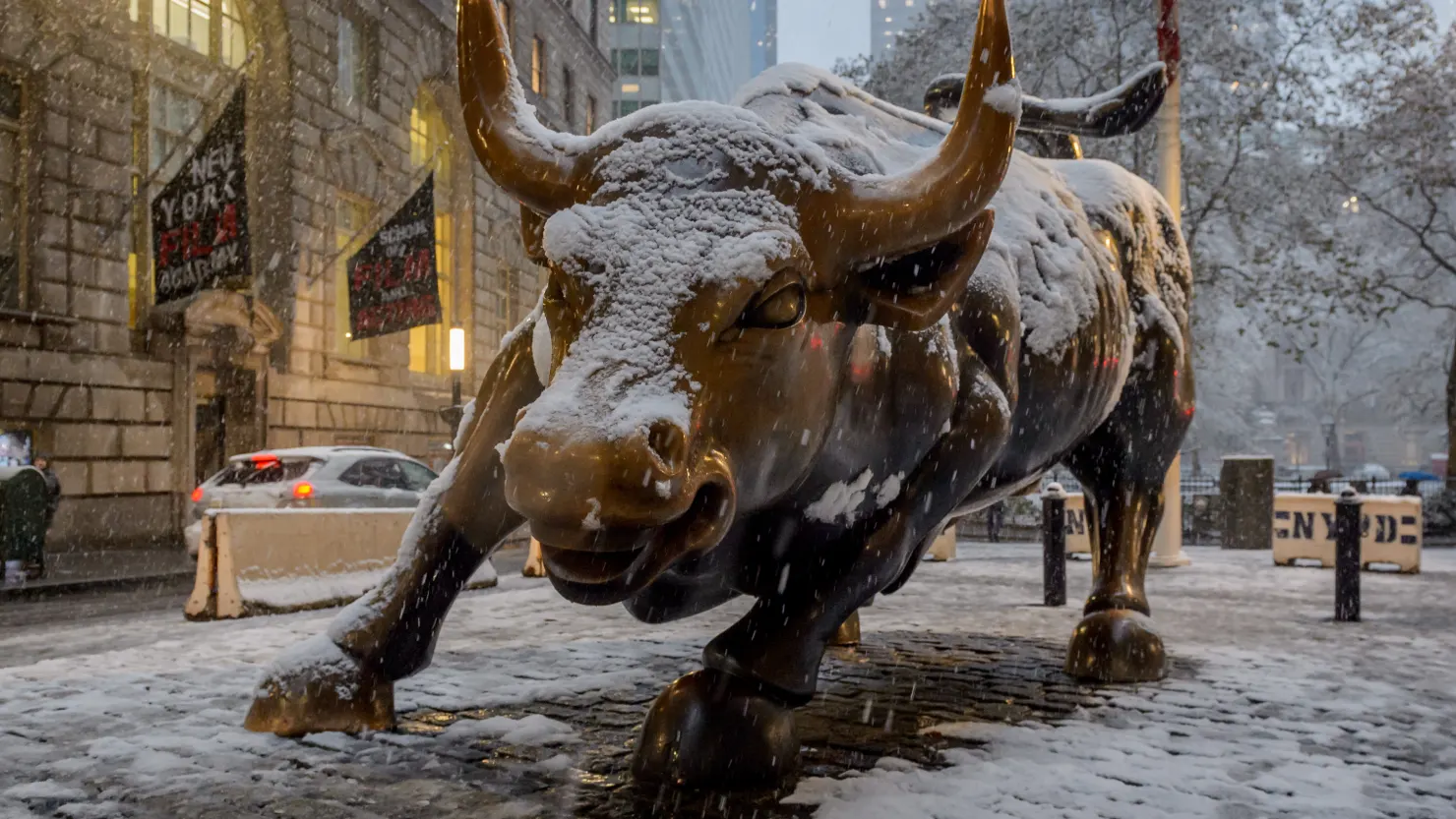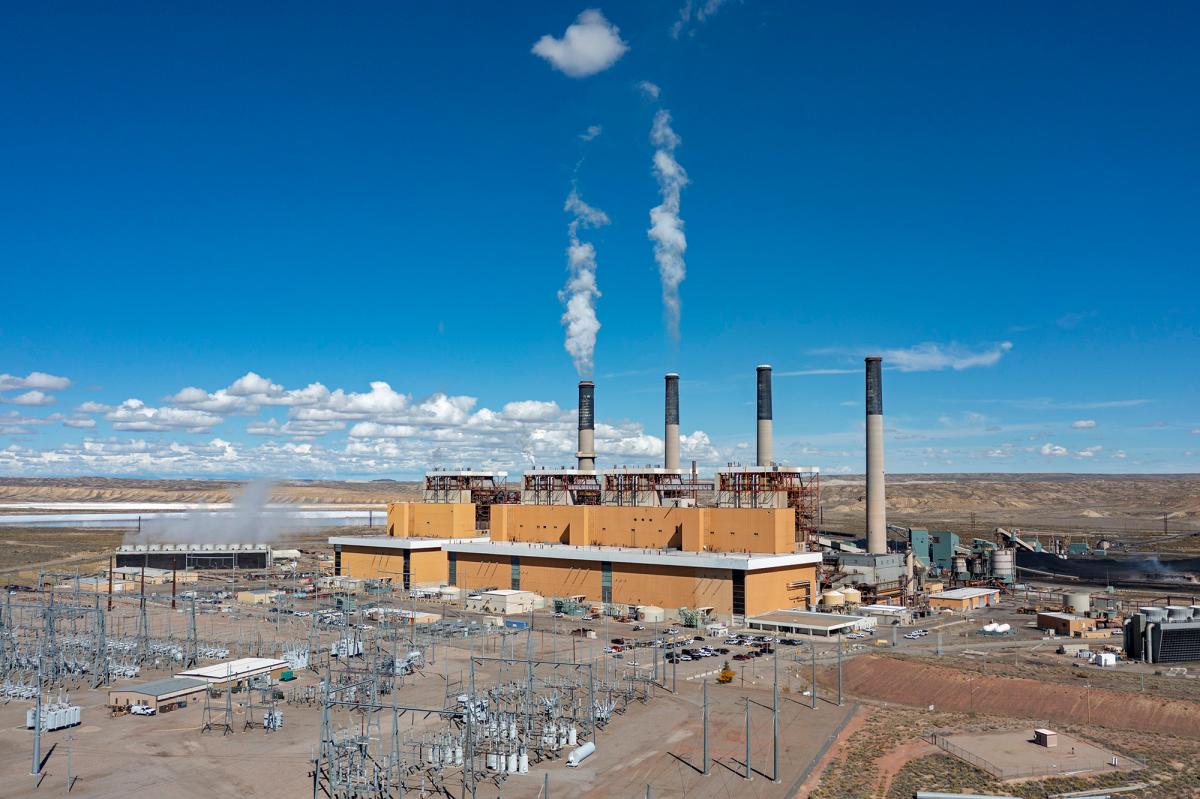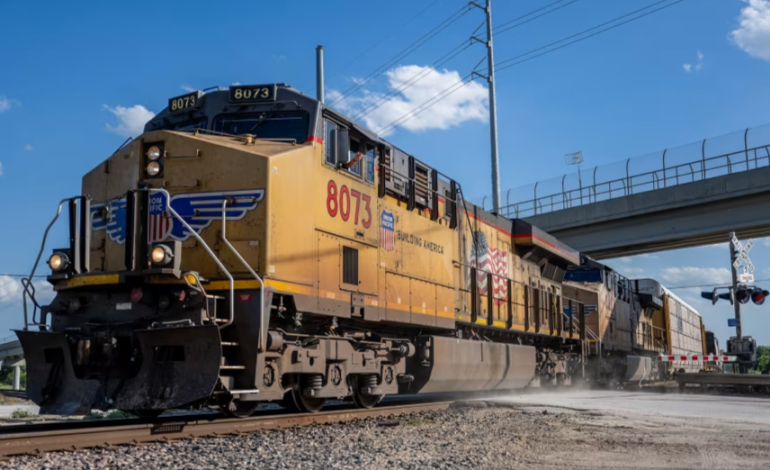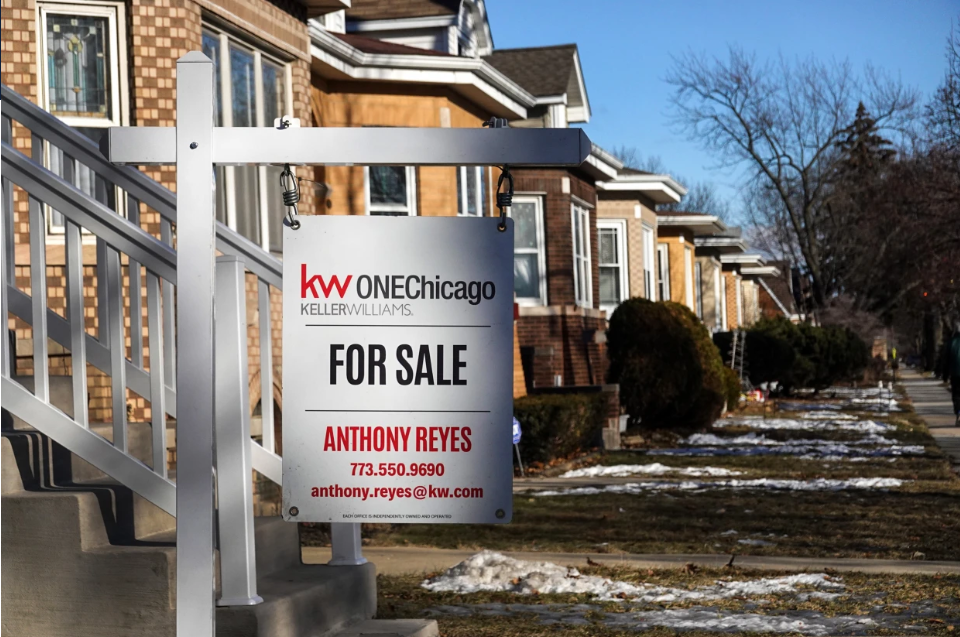A $85 Billion Megadeal Just Redrew the US Freight Map
In a deal that could reshape how goods move across the country, Union Pacific and Norfolk Southern announced a historic merger Tuesday that will create the first-ever US coast-to-coast freight railroad. The price tag? A cool $85 billion.
If approved, this deal won’t just be a big moment for rail—it’ll be a defining one. For the first time, one company will control a single, seamless network of over 50,000 miles of track stretching from the Pacific to the Atlantic, covering 43 states and DC.
“This is transformational,” said Union Pacific CEO Jim Vena. “You’ll be able to move steel from Pittsburgh to California and tomato paste from California to Ohio—all without switching railroads in the middle.”
Union Pacific is offering $320 a share for Norfolk Southern in a mix of cash and stock—about a 25% premium on Norfolk’s recent trading average. When the dust settles, the combined value of the new rail giant is expected to top $250 billion.
And while the paperwork has just begun (regulators, we see you), the companies say they’ll file with the Surface Transportation Board within six months and aim to close the deal by early 2027.
Until then, both companies will operate independently—with Union Pacific HQ in Omaha and Norfolk Southern’s project hub in Atlanta.
For manufacturers, retailers, and farmers, this means one big thing: faster, simpler freight. No more switching from one company to another in Chicago bottlenecks or facing delays at interchange points. That could save time, money, and headaches—especially for companies moving goods long-distance.
The merged company also expects to cut highway congestion, reduce truck emissions, and make rail a more appealing option in the fight to unclog America’s supply chains.
And yes, BNSF Railway—owned by Warren Buffett’s Berkshire Hathaway—and CSX are definitely watching. Some analysts think this merger could trigger a domino effect, forcing BNSF and CSX to merge to stay competitive. If that happens, the number of major US freight railroads could drop to four from six.
Union Pacific says every union worker will be offered a position in the new company, and expects even more jobs as volume grows. But rail unions are skeptical, warning of potential job cuts and safety risks if the merger prioritizes efficiency over people.
“This merger is not good for labor, the rail shipper, or the public,” said Jeremy Ferguson, head of the SMART-TD union.
He’s vowing to fight the deal at every level. Still, both CEOs insist the deal is a win for workers.
“Our employees are the engine behind this transformation,” said Norfolk Southern CEO Mark George.
That’s the billion-dollar question. The Surface Transportation Board will review the deal under Trump-era policies, which lean more pro-business than in years past. Still, there’s scrutiny ahead—especially with the merged railroad controlling 43% of US rail freight.
Consumer advocates and industry critics worry that too much consolidation could drive up prices or reduce service quality for smaller shippers. Past rail mergers have had mixed reviews when it comes to service reliability.
Even so, analysts say the deal has a strong shot at getting approved—particularly because Union Pacific and Norfolk Southern don’t operate in the same regions, meaning there’s little direct overlap.
This coast-to-coast rail vision isn’t new. Rail baron George Jay Gould tried to pull it off in the early 1900s but was stopped by the Panic of 1907. Now, over a century later, Union Pacific and Norfolk Southern are closer than ever to finishing what Gould started.
Of course, the railroads still have to prove the hype.
“There aren’t that many containers going all the way from LA to New Jersey,” one logistics professor noted. “But the idea of eliminating friction in the system? That’s real.”
Reuters, CNN, FOX Business, the Hill, and the New York Times contributed to this report.










The latest news in your social feeds
Subscribe to our social media platforms to stay tuned